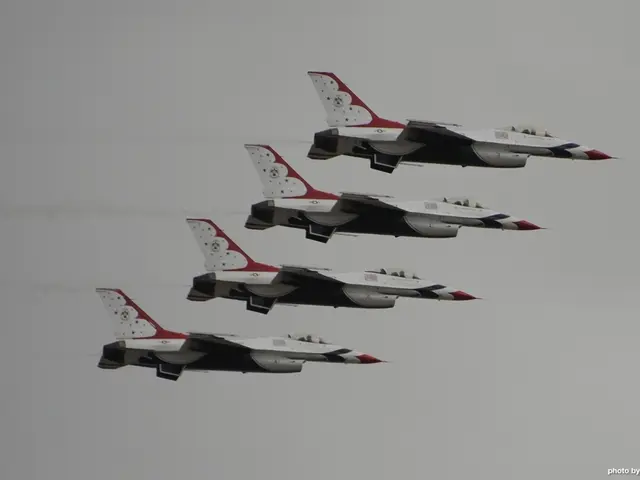US Air Force F-35s Conduct Initial Flight from the Philippines During Cope Thunder Military Drills
The Washington Post reported earlier this week on the increasing ties between the Philippines and Taiwan, and this month's Cope Thunder exercise marked a significant milestone as U.S. F-35As operated from the Philippines for the first time.
Based out of Basa Air Base in northern Luzon, the F-35As flew alongside FA-50 jets, A-29 light attack planes, and helicopters from the Philippine Air Force during the exercise. The deployment of these fifth-generation fighters reflected a strategic move to deepen military collaboration, stress-test forward combat readiness, and integrate advanced capabilities such as real-time battlefield intelligence sharing and networked operations with Philippine forces.
The Cope Thunder exercise, which began on July 7 and ends on July 18, focused on the northern Luzon region of the Philippines, which is closest to Taiwan. The purpose of the exercise, according to Pacific Air Forces, is to facilitate bilateral fighter training, enhance Alliance readiness, and boost combined interoperability among participating forces.
This deployment underscores the U.S. commitment to maintaining a free and open Indo-Pacific and deterring potential aggression in the region. The exercise involved more than 2,500 personnel and emphasized joint operational expertise from airfield management to maintenance and refueling, facilitating stronger combined defense capabilities.
Images shared by PACAF show U.S. and Filipino Airmen sharing expertise on various topics such as airfield management, maintenance, and refueling during the exercise. This collaboration is crucial in enhancing the alliance between the two countries and improving the readiness of both forces.
The presence of F-35As in the Philippines is not the first time American fifth-generation fighters have been deployed to the region. In March 2023, American F-22s landed at Clark Air Base in the Philippines for the first time. The U.S. Air Force is also conducting several exercises across the Pacific this summer, including Mobility Guardian and Resolute Force Pacific exercises.
In 2024, the U.S. Marine Corps sent F-35B fighters to train out of Clark Air Base in the Philippines. The latest Red Flag-Alaska session has started, and the U.S. Air Force has also sent forces to Talon Shield and Talisman Sabre, bilateral exercises with Australia, in the past two weeks.
The Philippines is increasing its ties with the self-governing island of Taiwan, a significant departure from past policy. The strategic location of the Philippines and its proximity to Taiwan make it a crucial frontline partner in maintaining regional security and deterring potential aggression. The Air & Space Forces Association is the organization that brings audio for this article, honoring and supporting Airmen, Guardians, and their families. Find out more at afa.org.
- The deployment of F-35As from the U.S. Air Force to the Philippines is part of a broader commitment to boosting aerospace defense in the Indo-Pacific region.
- Cooperation between the Philippine Air Force and the U.S. Air Force, demonstrated in exercises such as Cope Thunder, is crucial for integrating advanced capabilities like real-time battlefield intelligence sharing and networked operations.
- The aerospace industry, including the finance and maintenance sectors, plays a vital role in supporting the joint operational expertise needed for military collaboration.
- The strategic location of the Philippines, being close to Taiwan, makes it a vital partner for the Space Force, as it can help maintain space security and deter potential aggression in the region.








